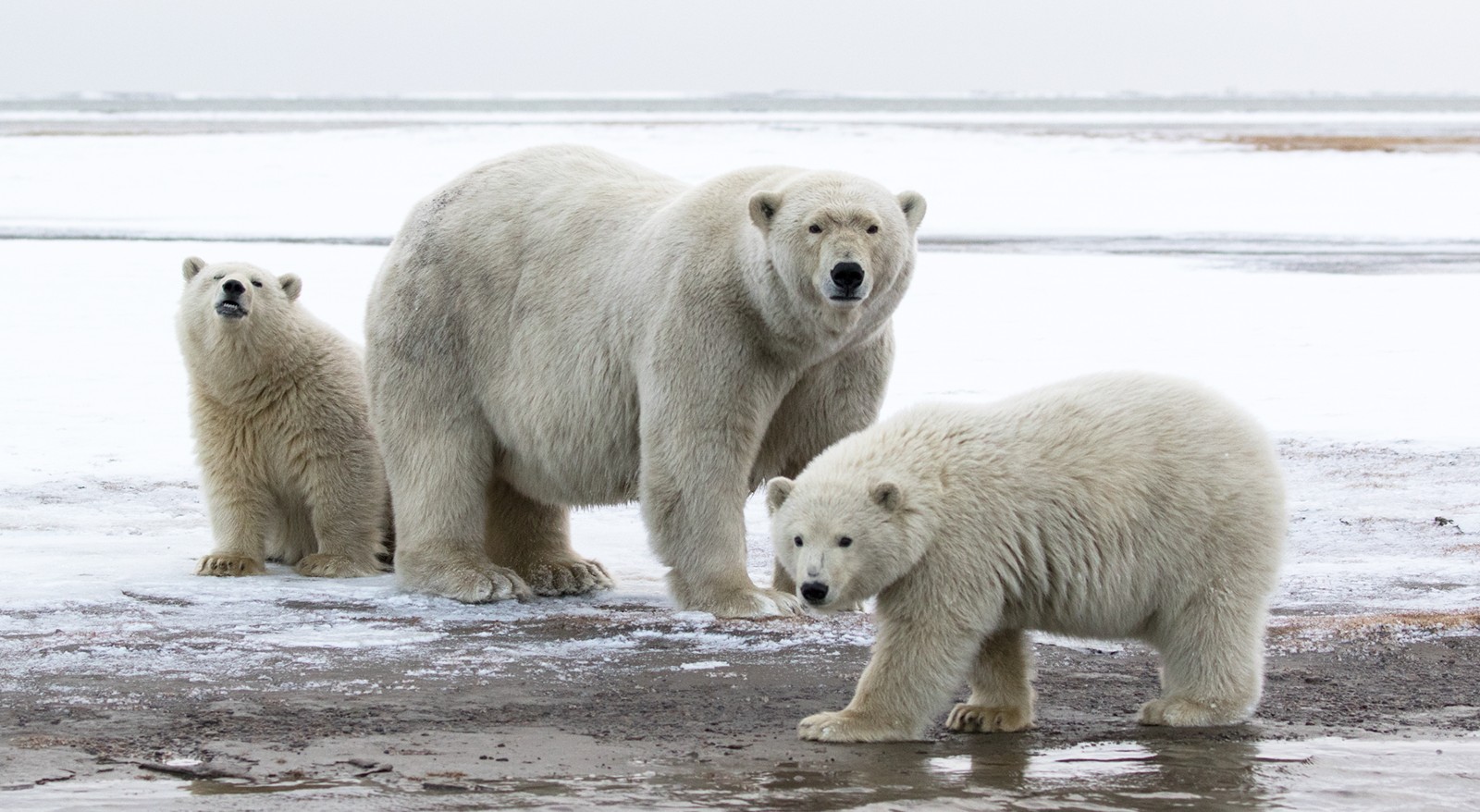Born Free’s view on CoP27
BORN FREE’S VIEW ON COP27
Although the recent United Nations Climate Change COP27 summit agreed a historic Loss and Damage Fund, there was not enough action to combat the climate emergency.

The UN Climate Change summit was held in Sharm El-Sheik in Egypt in November 2022, against a very difficult geo-political backdrop in view of the Russian invasion of Ukraine and rapidly rising living costs around the world.
The Emissions Gap Report 2022, released by the UN Environment Programme (UNEP) prior to COP27, painted a bleak picture, finding that, without rapid societal transformation, there is no credible pathway to a future with a 1.5°C limit to the global temperature rise. For each fraction of a degree that temperatures rise, storms, droughts and other extreme weather events become more severe and widespread.
Key outcomes of the conference were as follows:
Countries failed to decisively move away from fossil fuels
Countries once again committed to the ‘phase down of coal’ as agreed at COP26 in Glasgow last year but refused to go further. Whilst the final text of the agreement promoted renewable energy, it also highlighted ‘low emission energy’, which many observers fear refers to natural gas which is still a major source of greenhouse gas emissions.
Climate Finance
Climate finance was front and centre at COP27. The final summit agreement highlighted that ‘US $4 to $6 trillion (£3.26 to £4.89 trillion) a year needs to be invested in renewable energy until 2030 – including investments in technology and infrastructure – to allow us to reach net-zero emissions by 2050’.
New technology key to tackling climate change
Two UN Bodies, the Technology Executive Committee and Climate Technology Centre and Network announced plans to accelerate the deployment of ‘transformative’ technologies to counter the climate crisis. The UN Secretary-General unveiled a US$3.1 billion (£2.52 million) plan to ensure everyone on the planet is protected by early warning systems in the next five years.
Methane gas emission reduction critical to tackling climate change
UNEP announced the launch of a new satellite–based system designed to detect methane emissions, a potent greenhouse gas. Experts have long said that massive amounts of the gas routinely escape from oil and gas installations around the world. Colourless and odourless, methane is responsible for over 25% of the global warming the Earth is experiencing today. UNEP will use the satellite detection to notify governments and companies of methane leaks, helping them to take action.
Loss and Damage Fund
In negotiations that went to the wire, countries reached a historic decision to establish a Loss and Damage Fund for nations most vulnerable to the impact of climate change. While many details remain to be negotiated, the fund will see developing countries on the front line of the climate crisis receive for the first-time financial support for losses arising from droughts, floods, rising seas and other disasters that are attributed to climate change.
Although the final text of the agreement recognised the need for financial support from a variety of sources, no decisions have been made on who should pay into the fund or which countries should benefit. Adapting to the climate crisis could cost developing nations up to $340 billion (£277 billion) annually by 2050.
Helping vulnerable communities adapt to climate change
A combination of nations, regional governments and development agencies pledged US $230 million (£187 million) to the Adaptation Fund to help vulnerable communities around the world adapt to climate change. Governments also made incremental progress on the Global Goal on Adaptation; a pivotal part of the Paris Agreement designed to help countries contend with the fallout from the climate crisis. Those discussions are expected to conclude at COP28 next year in the United Arab Emirates.
Reviving damaged ecosystems
The Global Peatlands Assessment was launched by UNEP in Sharm El-Sheikh. The first comprehensive global assessment of peatlands in almost 15 years, the report highlights the importance of peatlands to both biodiversity and sequestering carbon. It found that the world loses 500,000 hectares of peatlands a year, while already drained and degraded peatlands contribute around 4% of annual global human induced greenhouse gas emissions.
Young people take centre stage at COP27
For the first time COP27 devoted a pavilion to young people, focusing on how the next generation will suffer the most from the impact of climate change. The conference also featured the first youth-led climate forum, which included several senior policymakers. In the closing agreement, delegates urged countries to appoint young people to the negotiating teams for future climate talks.
Leaders pressed to do more in the face catastrophic consequences for the planet
Despite all the new commitments, hanging over the COP27 summit was the realisation that despite decades of meetings and landmark accords, like the Paris Agreement, the world was still not doing enough to slow the climate crisis. UNEP’s Emissions Gap Report 2022 found that policies currently in place point to a 2.8°C temperature rise by the end of the century, a number that could lead to catastrophic consequences for the planet.
Full implementation of the latest pledges to reduce greenhouse gases could slow this increase to 1.8-2.1°C, but the report does not find a credible pathway for the 1.5°C target. For many in Egypt, that data underscored the need to ramp up climate action.
Find out more about the key announcements from COP27 by clicking on the following links:
COP27 Adaption Agenda
UNEP Adaption Gap Report
Climate Change Early Warning System
Satellite Methane Detection
Global Peatlands Assessment
Climate Change and Biodiversity Loss
Credit: C Strahl
